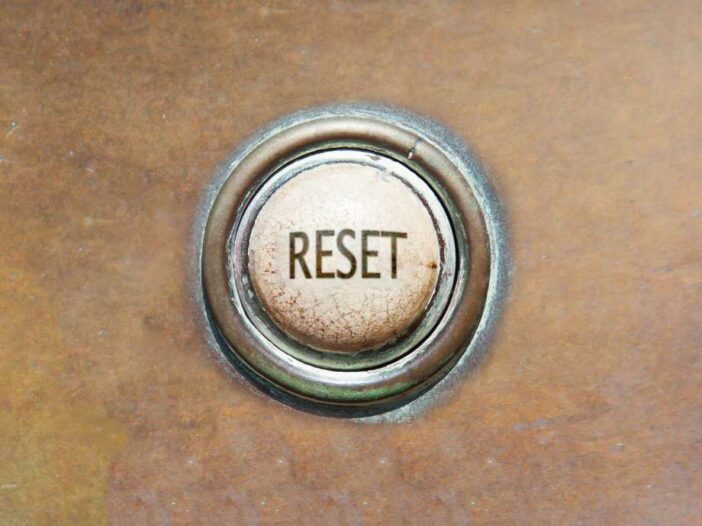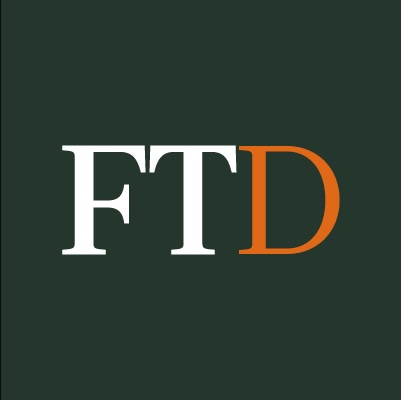Infection spikes and stories of superspreaders continue to dominate the headlines.
But underneath the news are much bigger problems.
Earlier in the week the Federal Reserve Bank had their ‘whatever it takes’ moment. That is, officially announcing that there is no limit to the stimulus they will provide to prop markets.
However, as Jim pointed out to Strategic Intelligence subscribers just last week, low rates and supporting markets aren’t the problem.
Central banks are facing a liquidity problem.
To boot, Trump’s economic nationalisation was globally mocked last year.
Yet he was really going about detaching the US economy from China to grow jobs for Americans. Which doesn’t seem so silly now…
Aussies caught up in virus spike data are missing the bigger picture.
At some point, the virus will be contained, and it will be time to get back to business.
But, it won’t be business as usual.
Coronavirus to trigger a monetary reset?
I was a young adult when the SARS virus hit in 2002.
Aside from a family member who worked in the Shenzhen province of China at the time, it didn’t really register.
Sure, it was newsworthy. And most likely a little frightening for those close to the centre.
But the impact in Australia was limited to some headlines on the nightly news (remember when watching that was a thing?).
Thanks to our perpetual links to information and the interconnectedness of global economies, it is different this time.
A financial panic hasn’t hit…yet. Nonetheless, what if there was some sort of trigger that forced a shuttering of banks? And by that I don’t just mean banks closing, I’m talking about a full sort of monetary ‘reset’. One where your money is stuck in the bank….and you’re on the outside — cashless — wondering what to do next while politicians decide the fate of money?
Jim Rickards says this is entirely possible. His latest book Aftermath talks you through how elites could use a panic to set up a new monetary reset.
That old saying about chickens and coming home…
Once the COVID-19 pandemic has calmed, we’ll be forced to ask ourselves if the old way of doing things are worth sticking to.
The tough questions of interconnectedness and global supply chains will need to be asked. Did outsourcing labour make us richer? Or just create service jobs that can’t survive a wobbly economy?
Was it worth being able to buy cheap, mass-produced junk from discount retailers? Did we allow ourselves to become too reliant on their yuan to support our tourism and universities?
Perhaps this is the beginning of reducing how we do business with the Middle Kingdom, and the rest of the world.
As Jim has told his subscribers repeatedly, being so close to China for economic growth brings a whole host of other problems.
We’re facing them now.
|
Until next time, |
|
Shae Russell, |
[conversion type=”in_post”]
What the Fed Doesn’t Get
 |
On 3 March 2020, the Fed cut its target for the fed funds interest rate from 1.75% to 1.25%. This move was unusual in two respects.
First, it was the first move up or down that exceeded 0.25% in years.
The Fed is conservative even in stressful situations and markets had grown accustomed to policy change increments of 0.25%. Making a 0.50% move highlights the level of the Fed’s concern.
Second, this rate cut was at an unscheduled meeting.
The Fed’s calendar shows scheduled meetings for 29 January and 18 March, but the Fed acted between meeting dates.
The last time the Fed changed the policy rate at an unscheduled meeting was during the financial crisis of 2008.
The Fed was careful not to label their action as being in response to a crisis. But the size of the rate cut and the unscheduled aspect both suggest that that’s exactly what it was.
But the Fed wasn’t finished.
On Sunday, 15 March, rates were cut to almost zero. It seems the Fed believes you can’t have too much of a good thing…
Interest rates are not the problem
But is it a good thing? The US economy (and the world economy) are under severe stress because of the coronavirus.
There’s nothing the Fed can do about that. The Fed does not discover vaccines and is not in charge of quarantines.
The central bank is responsible for maintaining price stability and employment, but neither of those are threatened in the short run.
Interest rates are low to begin with. No one has suggested that high interest rates were throttling the economy.
This does not mean there are no problems in the monetary system.
The problem is not interest rates. It’s liquidity.
Even at low rates, many companies simply cannot get money since they lack collateral or because their credit ratings are being downgraded due to lost business.
CNBC recently wrote that the Fed is now beginning to address the liquidity issue, saying:
‘The New York Federal Reserve said Monday that it will increase the amount of money it is offering to banks for their short-term funding needs.
‘As part of its continuing efforts to make sure the funding, or repo, markets are working properly, the central bank said it will up the amount it offers in overnight operations from US$100 billion to US$150 billion through Thursday.’
That’s a step in the right direction, but it’s too little, too late. Companies in air travel, energy, transportation, leisure, and textiles are running out of cash as supply chains seize up.
Smaller companies are close to going broke and will lay off employees in the meantime. As usual, the Fed is behind the curve.
Before long, the Fed and the markets will be run over by a global shortage of cash.
Elites got China wrong for 30 years
After the end of the Cold War in 1991, and particularly in the late 1990s, global financial and academic elites developed a view toward China that has dictated policy ever since.
These elites recognised that China has human rights problems and is an authoritarian society.
Yet they believed the solution was to open our markets to Chinese imports and engage in direct foreign investment in China.
The result would be a build-up in Chinese reserves, higher growth, and a rise from a low-income to a middle-income economy.
Along the way, China would become pro-capitalist and would leave communism in the rear-view mirror.
If Western industries and jobs were lost to China as a result, that was a price the elites were prepared to pay.
Americans and Australians would be ‘retrained’ to do the jobs of the future.
This entire vision was nonsense.
China did grow, but they did not become more like us.
They became more communist and elevated Chairman Xi Jinping to the level of Chairman Mao Zedong. Religious and political dissenters were rounded up into concentration camps and some were subjected to involuntary organ removal without anaesthetic to feed a multibillion-dollar organ transplant industry (the victims’ bodies were quickly cremated)…
Trump got it right
As for American workers, the idea of retraining steel and autoworkers to be computer developers was always absurd.
Instead, many of those workers were led to what sociologists call ‘deaths of despair’ through suicide, alcoholism, drug addiction, and diabetes. The elites didn’t care. But one individual did.
The Hill explained that Donald Trump correctly identified that China was a threat to American workers and American national security. Writing this:
‘The reason for disengaging from China in the first place was to protect American workers and businesses.
‘While the coronavirus could not have been predicted, there is always a significant risk from overdependence on any single country, especially an authoritarian one that will routinely break the rules in its quest to get ahead.
‘The coronavirus merely happened to be the crisis that demonstrated once and for all why the “free trade” status quo that was rooted in past decades was so dangerous to our country.’
In particular, his move to ban non-American arrivals from China in the early stages of the coronavirus outbreak has saved thousands of lives in the US.
Trump was ridiculed for the travel ban and called a ‘racist’, but science and common sense were on his side.
Trump will continue to confront China on human rights, theft of intellectual property, and trade abuses.
Investors should get used to tariffs and other costs associated with confronting China.
There are definite short-term costs.
But there are even greater long-term benefits for American workers and American manufacturing.
|
All the best, |
 |
|
Jim Rickards, PS: In a brand-new report titled ‘The Looming Aussie Recession and How to Survive It’, Nick Hubble reveals why a recession in Australia is inevitable and three steps to recession-proof your wealth. Click here to receive your free report |

